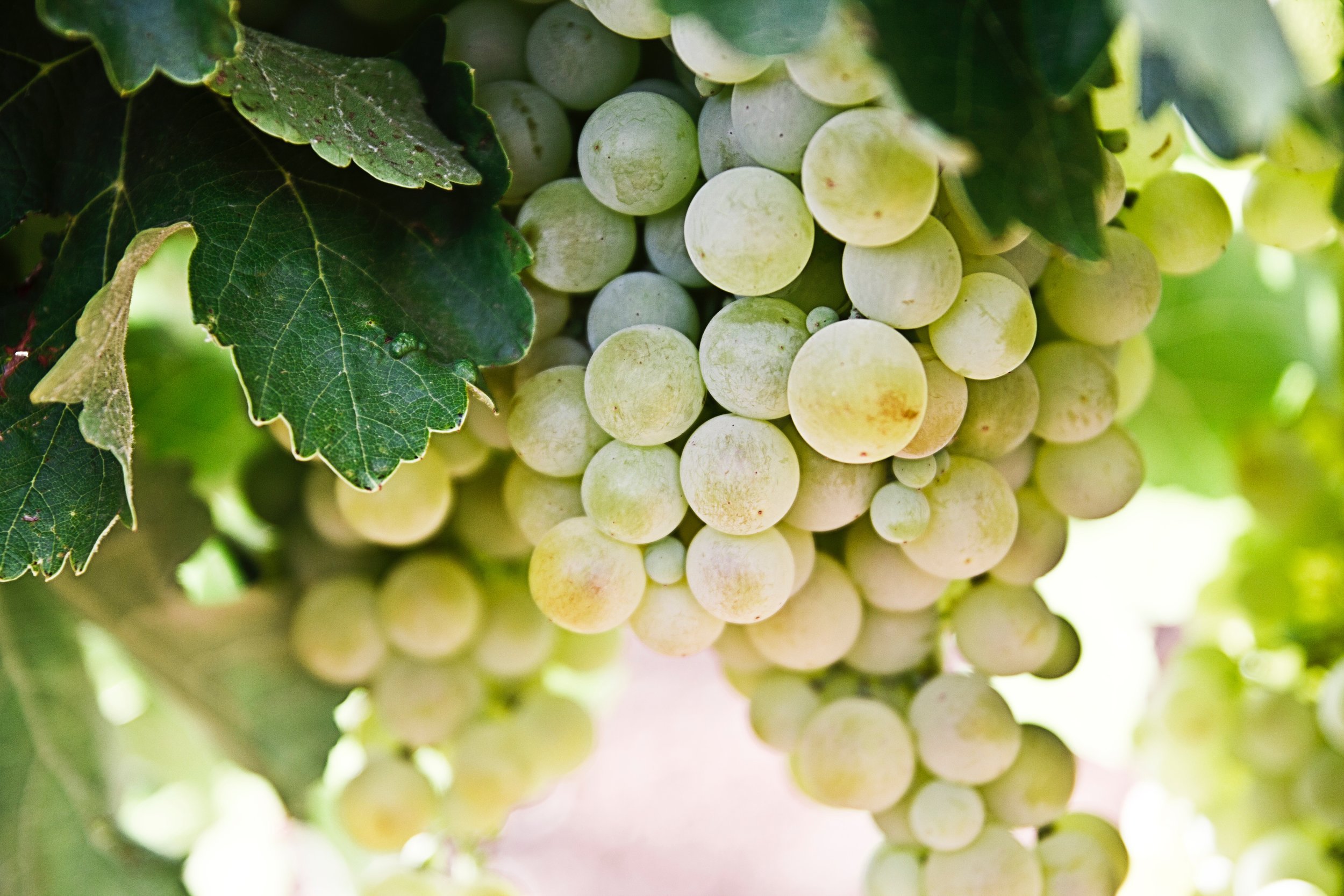Root stocks: an important item in a winegrowers toolbox
When I was a child and my dad and the local cadre of Concord grape growers wanted to expand their plantings, they called a local nursery during the fall, ordered stick-like plants with healthy root systems. When the vines arrived the next spring, they were put in the ground, bare-rooted. In subsequent years, when a mature vine was damaged during cultivation or because of some disease, one long cane from the parent plant was simply pulled down and buried in the ground next to its mother. Within a year or two the parent was cut off at the ground and the young vine began to produce fruit.
Today, a winegrower who is expanding or replacing plantings of chardonnay, Riesling, vidal, chambourcin and all of the other local favorites follows a very different path. The vines going into the ground are almost invariably grafted stock. These grafted vines have helped transform our region with varieties which were though impossible to grow commercially, even 25 years ago. One key has been rootstocks selected to meet a wide range of viticultural challenges.
A contemporary winegrower will determine his planting needs two and sometimes even three years before he actually expects to begin putting vines in ground. [Grafting is time consuming and the explosion of vineyard plantings in this country has pushed many nursery owners to the Nth degree in terms of production capabilities.] The grower will assess his soil type, climactic conditions and the demands of his market place when he places his order with very specific root stock requirements sent to the nursery.
Once the order is placed, a trusted grape nursery owner [the future of a winegrower is in the hands of a careful and ethical grafting house] will choose appropriate wood or healthy cuttings [a scion] from desired grape varieties gathered in the cold winter months. The wood will be cut into 12 to 20 inch sticks.
He will then select a rootstock from a wide range of rootstocks grown in his fields. [In the decades following the devastating nineteenth century phylloxera outbreaks in France, grape breeders made millions of crosses to solve the pylloxera puzzle. Today a dozen or so of the most important of these rootstocks are grown in every nurserys bedding fields.] He will complete the graft, protect the joint, usually with some kind of wax, and then place the new combination into a protected environment to grow for a years time. When the grafted stock is pulled for shipment in early spring, the invoice will show a price often double or triple that of an old style self-rooted grapevine.
Why will a grower invest so much in each plant? The importance of matching rootstocks to growing and climactic conditions cannot be overstated. Some rootstocks have been created to adapt to arid conditions. This is very important in some California vineyards where dry farming is a fact of life.
Others are especially disease resistant: note the 1990s replanting of much of Napa when the originally established vineyards were grafted on stock NOT resistant to the plylloxera root louse. Some produce considerable vigor [vines with lots of green growth], others support less leaf production but encourage earlier fruit maturity [important in a region like ours with a cool climate, shorter growing season.] Some help protect against winter damage [again, critical in our region]; others will allow the vine to successfully support a larger crop. The variations are many so the match to a specific vineyard site needs is critical.
The emergence of our region as a world class winegrowing district is no accident. Our farmers are faced with some difficult growing and climactic conditions. However, they are always working ahead of the curve. They know their microclimates and soils, understand how to adapt the most current research recommendations and work diligently balancing the realities that Mother Nature presents with their ability to amend the circumstances. They MUST use with every tool available to grow great fruit which yields award winning wines. Selecting an appropriate rootstock for a new planting is one of their most important decisions.
For additional information: dwinchell@OhioWines.org
About the author:
Donniella Winchell, Executive Director of the Ohio Wine Producers Association...


